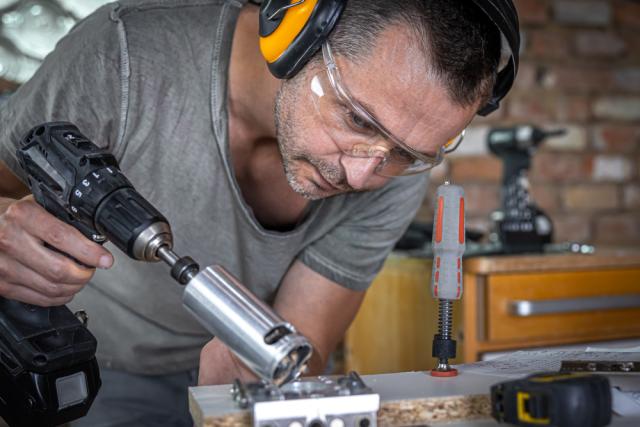
Bolts are indispensable components in construction, engineering, and other projects where durability and stability are essential. Proper bolt fastening or installation, however, is necessary. This blog post will act as an industrial bolt installation guide, providing key bolt installation tips. For more information on the global bolts market, kindly visit Coherent Market Insights’ recent report.
Best Practices for Installing Bolts
- Pre-installation Preparation
Prior to bolt installation, proper preparation of surfaces and selection of right bolt is essential. One should select an appropriate bolt size, length, grade, and material for any specific application. Also, ensure proper alignment of parts being joined for easy bolt installation.
- Installation Process
Ensuring proper distance between bolt and nut is essential for a secure connection. Use washers to evenly distribute load and protect mating surface from damage. When needed, apply lubrication to the threads to minimize friction and achieve precise torque readings.
Employ various tightening methods, including hand tightening, wrench tightening, and torque tightening. Begin with hand tightening to prevent misalignment or binding. Next, use a wrench to snugly secure the nut. Use a calibrated torque wrench to reach the specified torque.
- Torque Specifications
Proper torque application is key to achieving desired bolt tension. Under-tightening often leads to joint loosening.
Always use manufacturer’s specifications or industry standards for recommended torque values. Also, ensure that your torque wrench is calibrated regularly to maintain accuracy.
- Fastening Techniques
Use different fastening techniques to ensure a strong and reliable connection.
-
- Snug Tightening: Tightening the nut until it is firmly seated against the washer or mating surface.
- Preload: Applying a specific tension to the bolt to clamp the joint members together. This is crucial for dynamically loaded joints.
- Turn-of-Nut Method: This bolt pre-tensioning technique is used in bridge construction and structural bolting. It begins with tightening the but to a snug fit and then turning it a specified additional amount.
- Regular Maintenance and Checks
Regular maintenance is essential to preventing bolt failures. You should do periodic inspections. This will maximize safety and performance of components and structures.
Common Mistakes to Avoid
- Cross-Threading
- Over-Tightening
- Under-Tightening
- Using Incorrect Tools
- Reusing Damaged Bolts
Conclusion
Proper bolt installation is a critical step in ensuring the safety and performance of any equipment, systems, or structure. By following the above-mentioned practices, especially adhering to torque specifications for bolts, using right tools, and following correct fastening techniques, one can significantly reduce the risk of failures, resulting in improved performance and safety.







